What Is Food Presentation and Why Does It Matter?
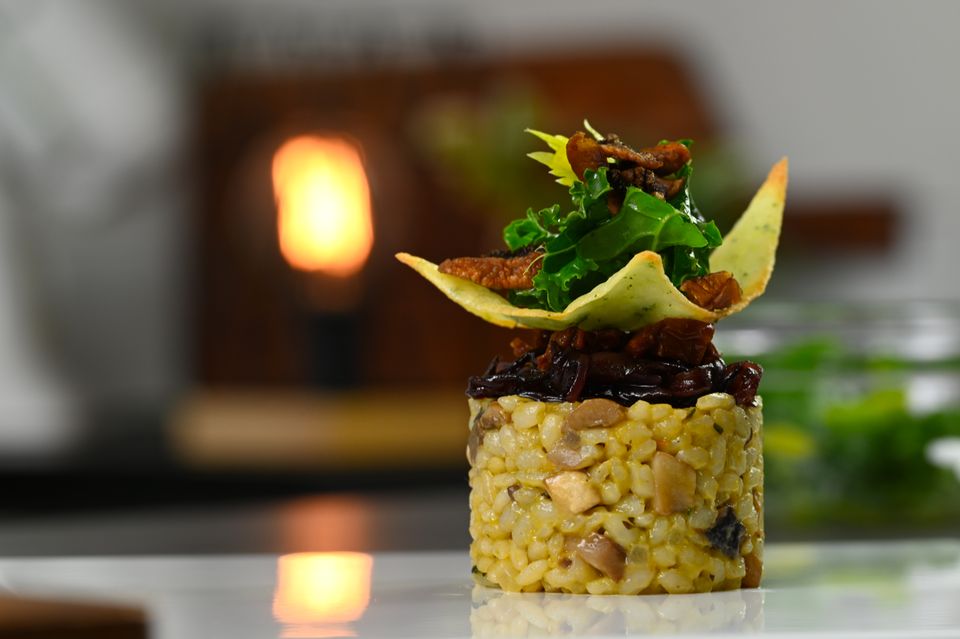
What Is Food Presentation?
Food presentation is a culinary journey that starts with the eyes and ends with satisfaction.
In the same way artists choose colours, textures, and arrangements to create visually appealing art, and as a composer arranges notes and instruments to create a pleasing musical composition, chefs and cooking enthusiasts use ingredients, colours, and plating techniques to create an appealing dish.
Think about a time when you saw a plate of food that was arranged in a fancy way. Maybe this plate of food was even placed in front of you. Think about the senses it triggered and the emotions it stirred up in you. Your eyes are drawn to it, and you might start to imagine how it will taste. Food presentation matters a lot. It's like a sneak peek into the wonderful flavours and textures you're about to experience. Just like when you look at a painting or listen to a piece of music, your senses get curious and excited.
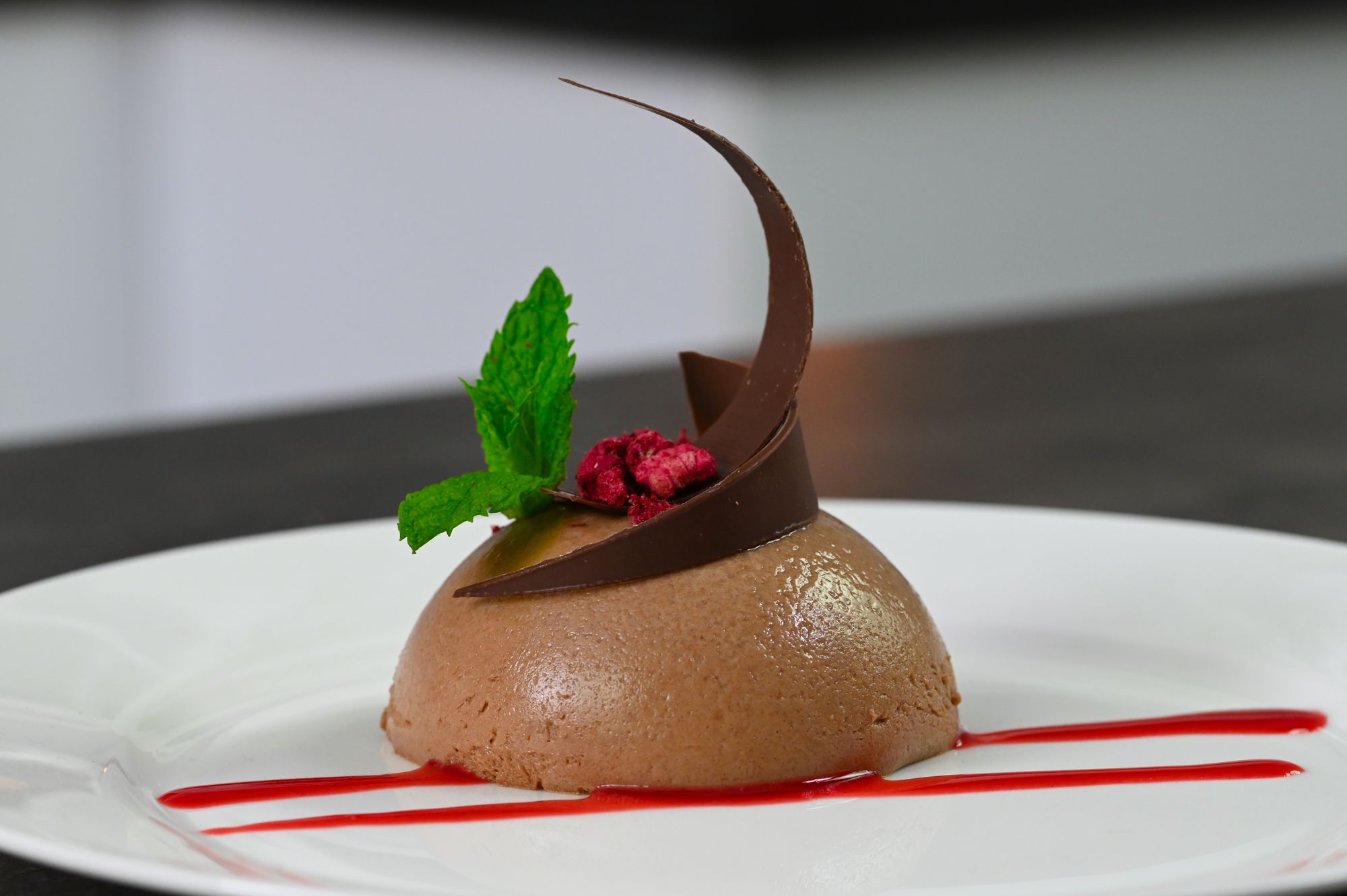
That's the magic of food presentation. It's not just about eating; it's about creating a whole experience that delights all your senses.
There are a few misconceptions about food presentation:
- "You need to use expensive ingredients" - Enhancing your food presentation doesn't require exotic or expensive ingredients, contrary to common belief. Even a simple piece of toast can be served beautifully and make the diner feel loved. With food presentation it's not about what you are using but more about how you use it. I love using simple readily available ingredients I have in my kitchen or garden to add special touches to enhance my food presentation.
- "You need to be professionally trained" - You don't need professional training to be able to make beautiful food! Professional cookery training is invaluable for learning many things. You learn and understand how to cook food to perfection, how to blend flavours together, and you learn different cooking methods. You learn how to work in all areas of the kitchen, you perfect your knife skills and you explore how a restaurant works and operates. But one thing that isn't widely taught is food presentation. Food presentation is an art, it's something you learn with practice and experience.
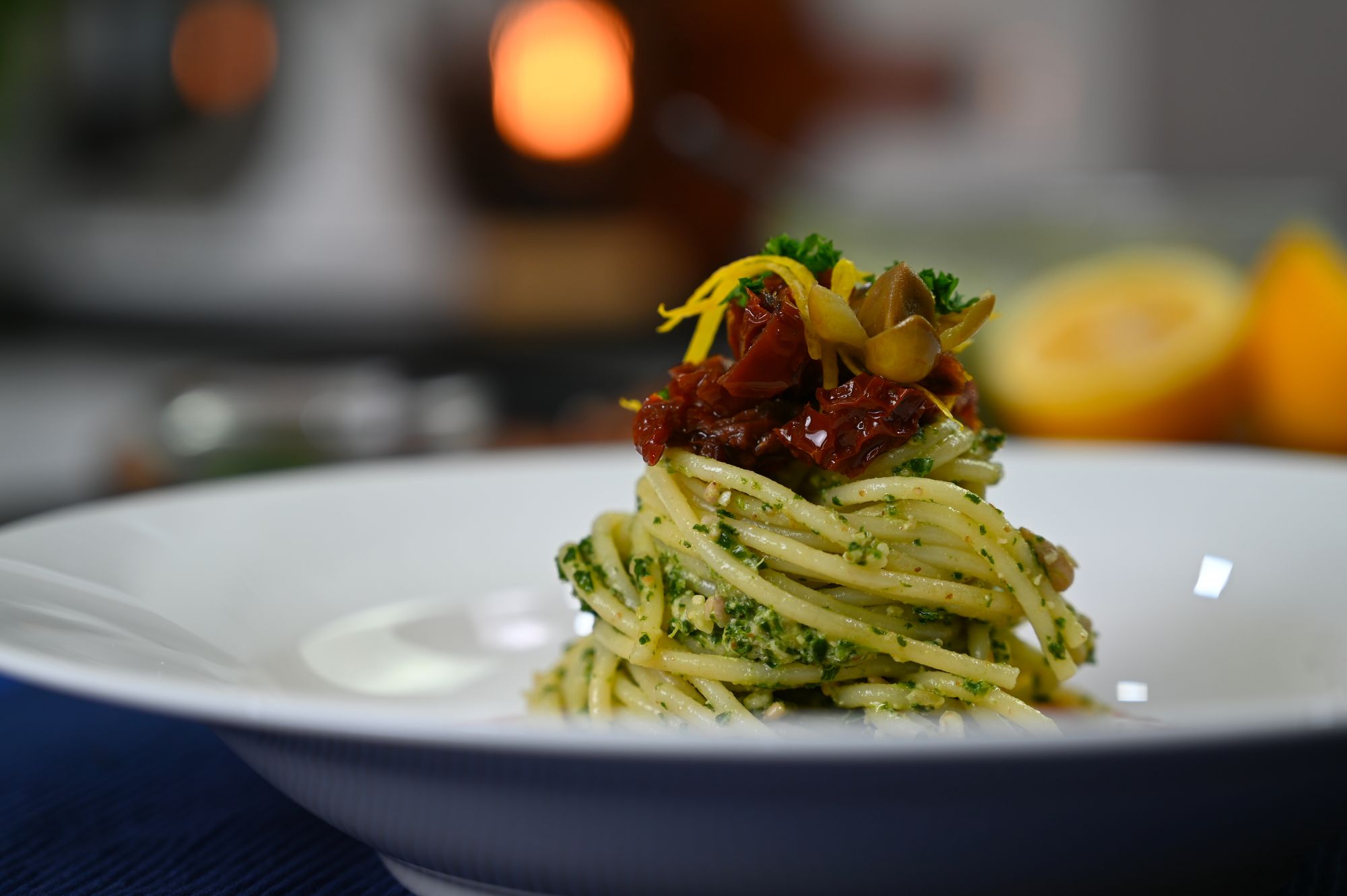
What is the difference between food plating and food presentation?
Food plating and food presentation are closely related but have some important differences.
Food Plating
Food plating refers specifically to the arrangement of food items on a plate or serving dish. It involves the positioning of individual components, such as meat, vegetables, sauces, and garnishes, in an organized and visually appealing manner. Plating techniques allow us to create a balanced composition, considering things like portion size, spacing, and symmetry.
The primary goal of food plating is to ensure that each element of the dish is positioned effectively for both visual appeal and ease of consumption. It's a crucial step in the overall process of food presentation.
Food Presentation
Food presentation encompasses a broader range of ideas beyond just the arrangement of food on a plate. It includes the entire visual experience associated with a dish, from the way it's plated to the senses and emotions it triggers.
Food presentation takes into account factors such as colour coordination, texture variation, the selection of serving dishes, garnishes, sauces, and even the table setting. It considers how all these elements work together to create an engaging and memorable dining experience.
Food presentation isn't just about how the food looks on the plate, it includes all the visual and sensory aspects of the dining experience.
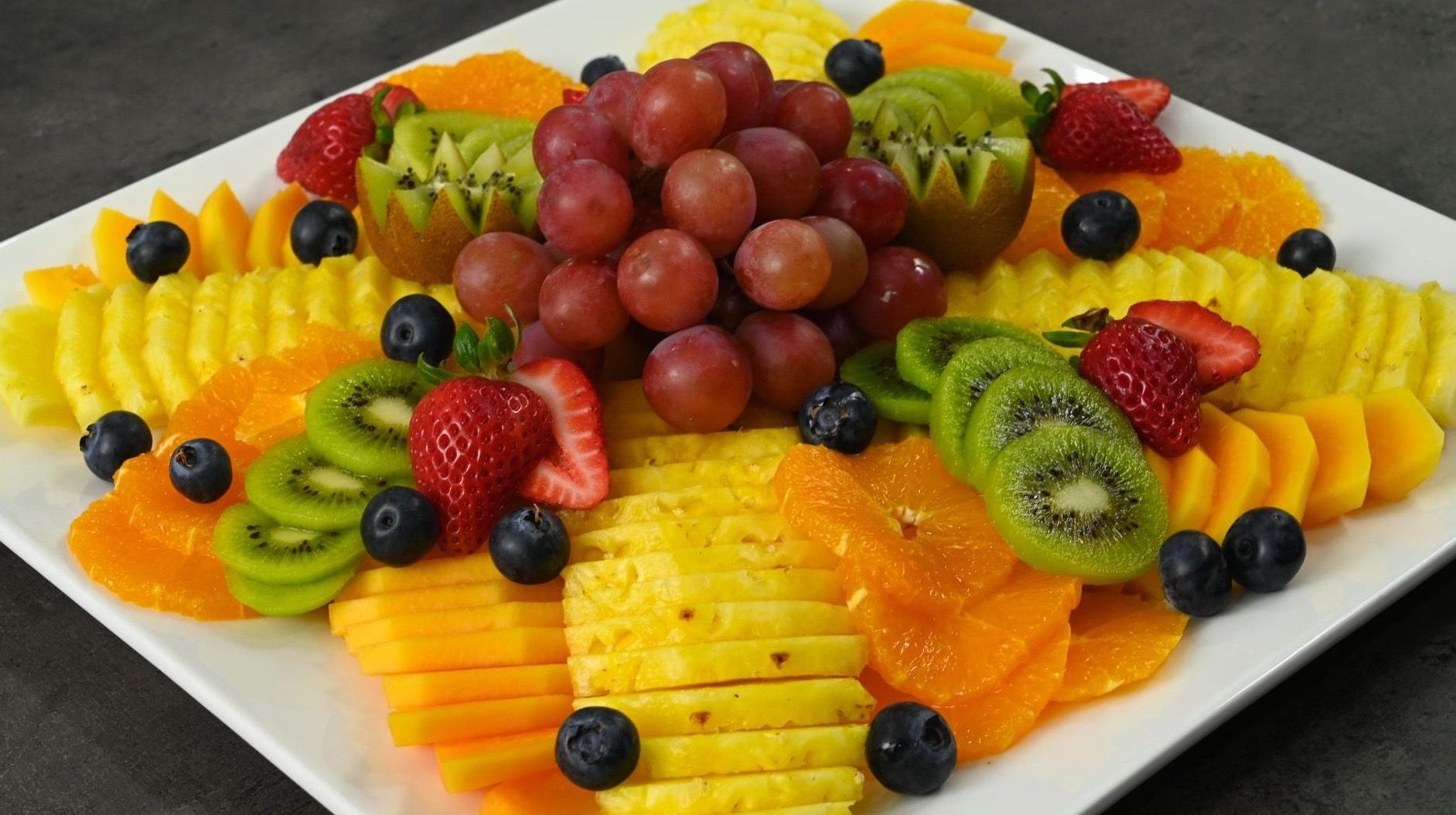
Why Does Food Presentation Matter?
We eat with our eyes before we even take the first bite.
This is why we need to think about our food presentation. First impressions count! We've already subconsciously decided what the food is going to taste like before we actually taste it. A well-presented dish captures attention and creates a positive first impression, setting the tone for the entire dining experience.
Effective presentation also highlights the main ingredients - the ingredients that make the dish what it is. You want those ingredients to shine and be appreciated. It's like giving them the spotlight they deserve. In doing so you're pointing out those ingredients to everyone and showing that they are what makes the dish amazing.
But it's not just about highlighting the main ingredients. When you put effort into presenting your food in a thoughtful and appealing way, it's like adding an extra layer of meaning to a gathering. It's like saying, "Hey, I care about you, and I want this moment to be special". Whether it's a family dinner, a romantic date night, or a big celebration, that attention to detail in how you present your food communicates that you've put your heart into it. And you know what? It transforms an ordinary meal into an experience. People not only remember the taste but also the whole atmosphere you've created.
Thinking of creating something special, have you ever noticed how satisfying it is to serve a dish that you're genuinely proud of? Imagine you've prepared a meal that not only tastes fantastic but looks like it should be in a food magazine. Whether it's just for yourself, one other person, or a table full of guests, that sense of accomplishment brings great satisfaction.
So food presentation matters not only because it helps to make a dish look good - it matters because it helps make moments memorable, it brings people closer, and so gives you a great feeling of satisfaction.
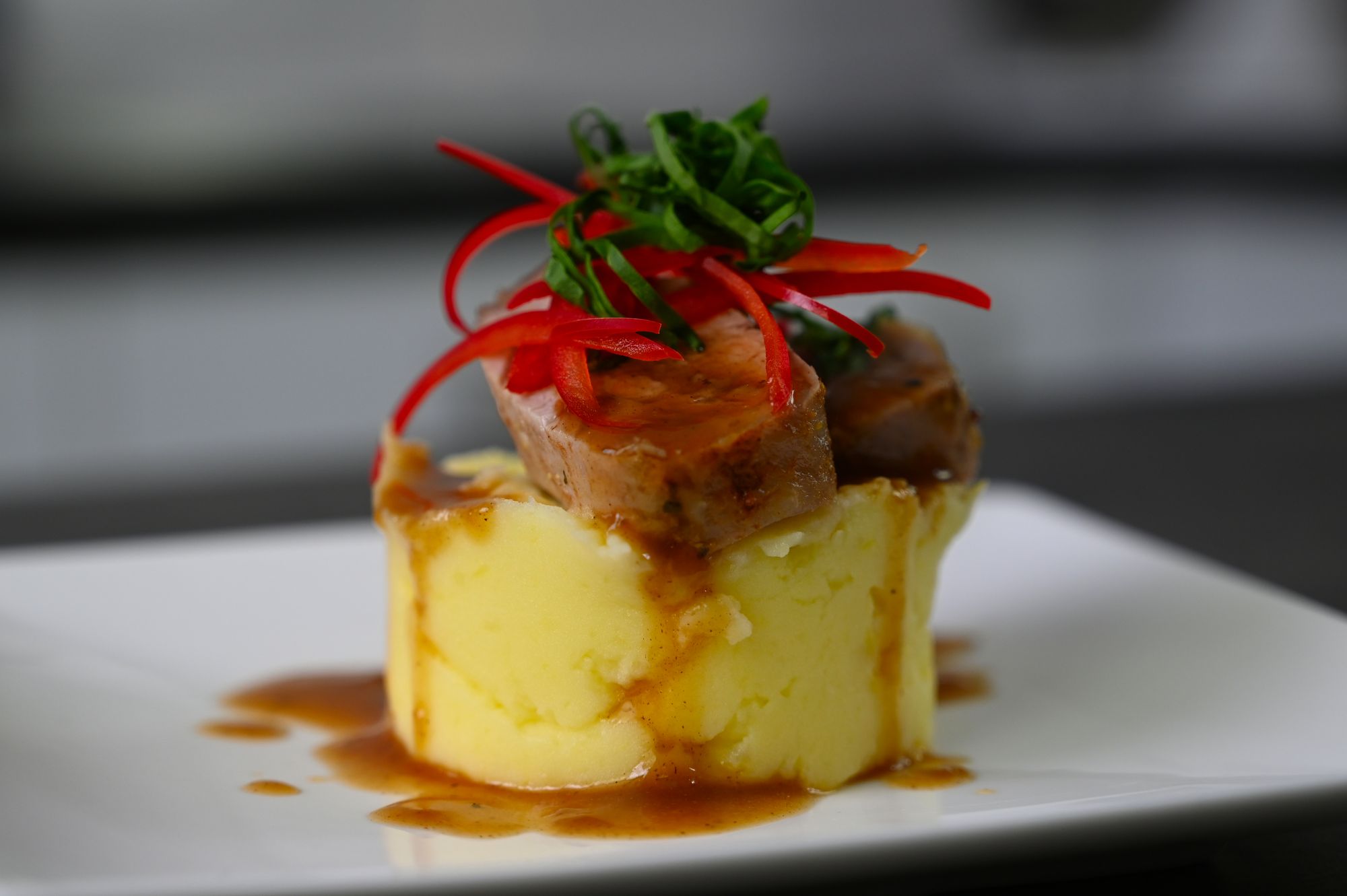
How Do I Get Started?
If you can cook, you can also make it look good. It's achievable for anyone no matter how experienced you are, or what you are cooking.
Food presentation is an art, so there are no rules. There are guidelines and ideas to keep in mind, but as with any expression of creativity, rules and guidelines can be broken!
When people ask me for suggestions of how to get started I suggest keeping the following in mind:
- Remember what was mentioned earlier about making the star ingredient stand out? Often it may be the most costly ingredient (although this doesn't mean it needs to be a premium cut of meat!), but try to think about constructing the plate around this ingredient. Don't hide it - place other ingredients in a way that points the spotlight at the star.
- When arranging your meal on the plate, let your inner artist shine. Can you make something on the dish stand out by arranging it with a little height? Can you overlap some ingredients or fan them out on the plate? If you've got a mix of similar colours, can you spread them out around the plate to give it some visual pop?
- Don't forget the power of a sauce! Whether it's drizzled over the food or used to decorate the plate, try to incorporate a sauce into your meal. The flavour of the sauce needs to complement the food, but don't forget you can play with colour too. You could choose a sauce colour that complements or contrasts with the colour of the food.
- Don't underestimate the importance of a simple garnish. A little sprig of green can work wonders and give your dish a whole new vibe. Growing your own herbs is a great way to have an endless supply of garnishes. You don't need to be a gardening pro either, they are quite straight forward to grow indoors or out.
Getting into food presentation is like starting a new hobby. You simply need to make a start. It might feel like a very feeble start - maybe it's only adding some fresh herbs to your plate. Maybe you get a few comments and complements that encourage you to keep practicing. As you practice you try new things and learn what works and what doesn't. You will grow in confidence as you continue to experiment and get feedback from those enjoying the benefits of your hobby.
Don't put expectations on yourself to start producing fine-dining award winning meals from day one… Just experiment and enjoy yourself!


Member discussion